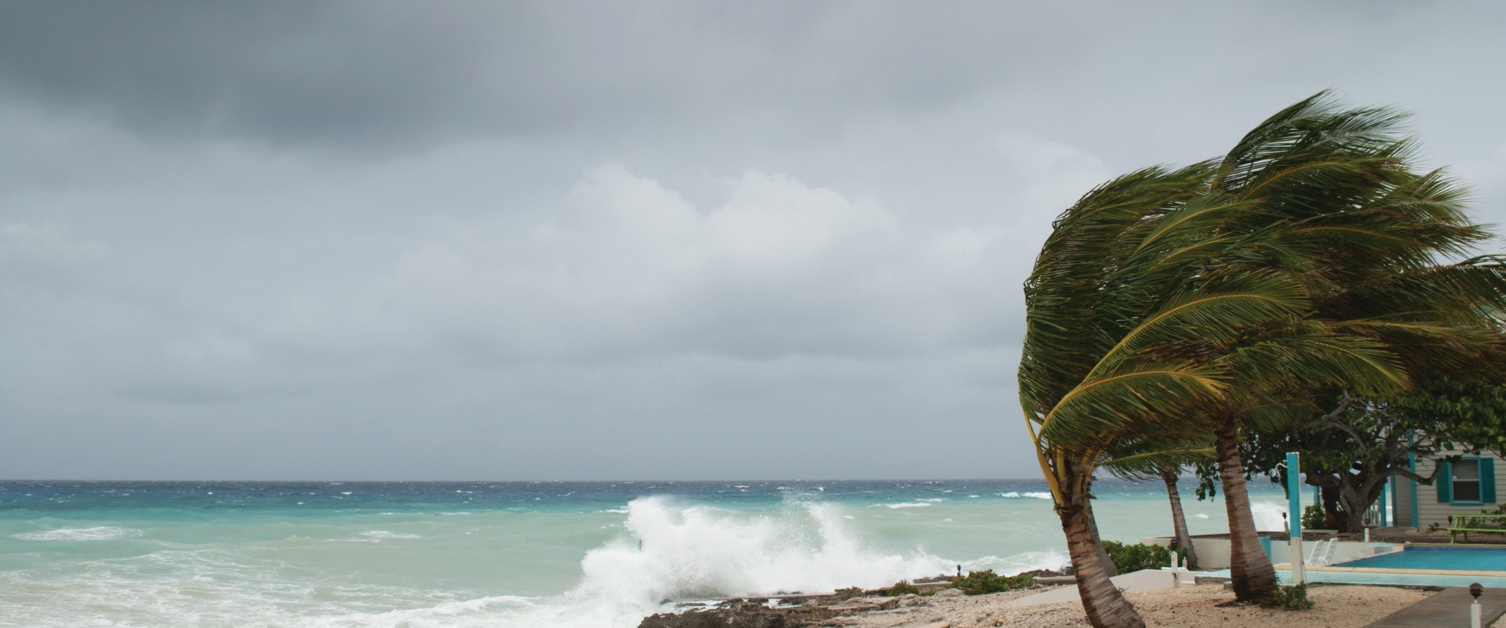Hurricanes Get Coast-lier
- By AMS Staff
- Oct 9, 2024
“We’re not talking about intensification out in the middle of the ocean. We’re talking about it happening right at the coastline, where it matters most.”
—Karthik Balaguru of the Pacific Northwest National Laboratory (PNNL), on new research he led that shows a recent significant increase in the intensification of hurricanes near coastal areas. The study, which was published in Earth’s Future, showed that the mean rate of intensification for coastal hurricanes increased from about 1.5 knots in 24 hours for the years 1979–2000 to about 4.5 knots per day for the years 2000–20. The study, which is the first to document the intensification of coastal hurricanes, also used climate modeling to determine that this trend is expected to continue in a warming climate. Balaguru and colleagues attribute the stronger hurricanes to increased humidity and weakened wind shear, and they found that wind shear is likely to continue to weaken nearly globally in the future; along U.S. coastlines, this is due to heat transferred from the subtropical ocean surface to the air above that disrupts atmospheric circulation patterns, while over northeast Asia it stems from warming in the upper atmosphere. While the study focused on continental landmasses, the researchers noted that some island regions—including Madagascar and the Philippines—are also vulnerable to the intensifying storms. “The rising intensification rates we observed could mean that landfalling hurricanes are on track to grow stronger and thus more destructive,” notes coauthor Ruby Leung, also of PNNL. “It’s important that we understand how the risks posed by these storms could change as our climate changes.” [Source: Pacific Northwest National Laboratory]
Photo credit: iStock.com/Andrew McArthur
